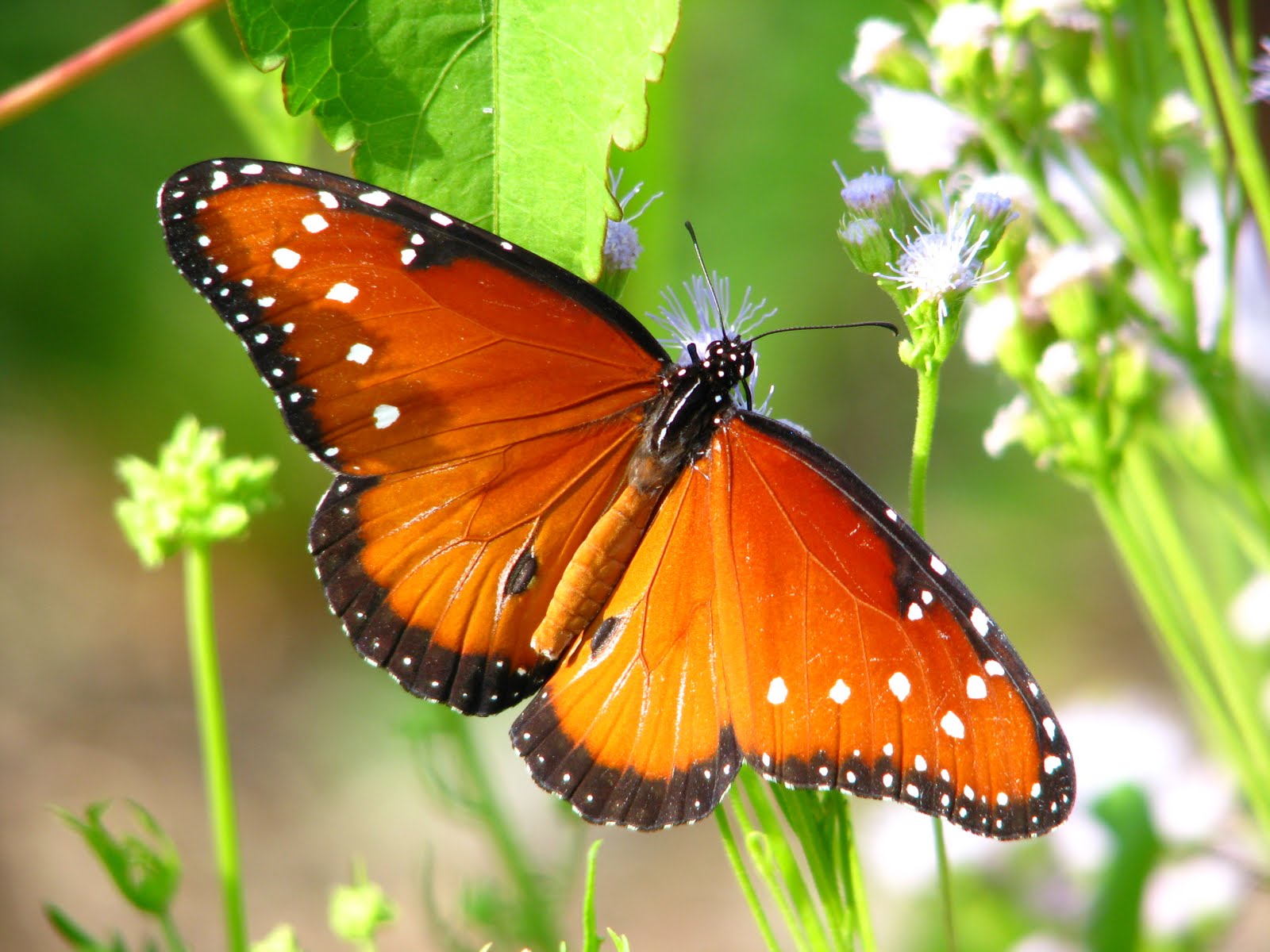The Queen butterfly (Danaus gilippus), with its majestic name and captivating appearance, is one of North America‘s most fascinating lepidopteran inhabitants. Though it shares certain similarities with the well-known Monarch and the vibrant Gulf Fritillary, the Queen butterfly possesses unique characteristics that make it stand out. In this article, we’ll delve into the world of the Queen butterfly, focusing on its larval host plant, native range, and its resemblances to its more famous counterparts.
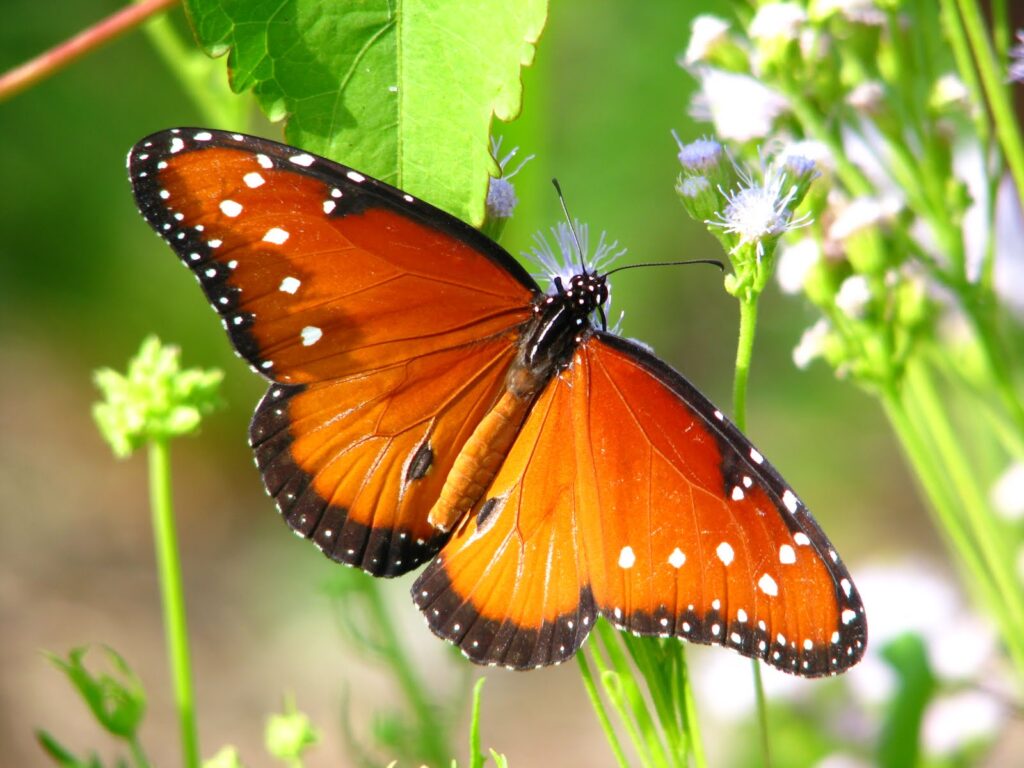
Larval Host Plant
The Queen butterfly, like the Monarch, relies on plants from the Milkweed genus (Asclepias) as its primary larval host plant. The caterpillars feed voraciously on various species of milkweed, ingesting the plant’s toxic compounds, which render both the caterpillar and adult butterfly distasteful and potentially toxic to predators. This adaptation provides them with a natural defense mechanism against potential threats.
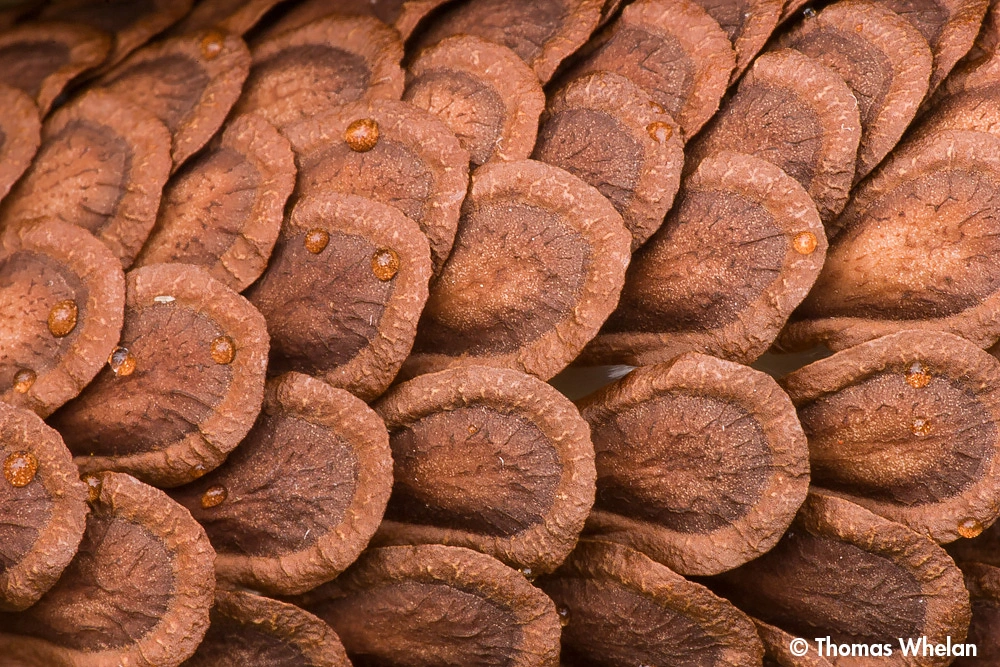
Milkweed Seeds
Seeds for growing plants in the Milkweed genus (Asclepias); required for all Milkweed butterflies, like the Monarch and Queen.
Native Range
The Queen butterfly is native to North and Central America, with a range that spans from the southern United States to Central America, including parts of the Caribbean. In the U.S., it is most commonly found in the southern states, particularly in Florida, Texas, and Arizona. Unlike the Monarch, which is known for its long migratory journeys, the Queen butterfly tends to be more sedentary, although some populations may migrate over shorter distances.
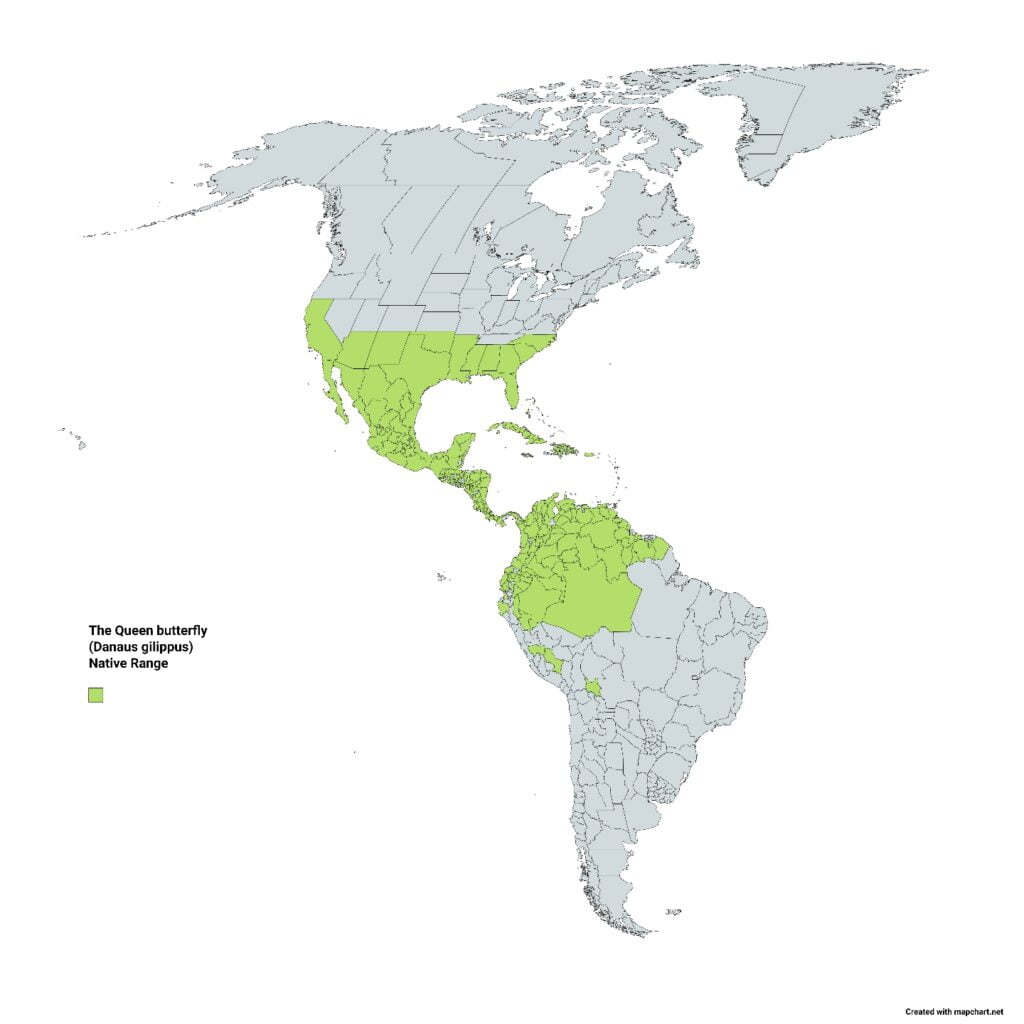
Comparisons with the Monarch and Gulf Fritillary
Monarch (Danaus plexippus)
Appearance: Both the Queen and Monarch butterflies belong to the Danaus genus and share a similar orange and black coloration. However, Queens are slightly smaller and have a more muted, brownish-orange hue compared to the Monarch’s brighter orange. The Queen’s wing patterns are also different, with white spots and more pronounced black veins.
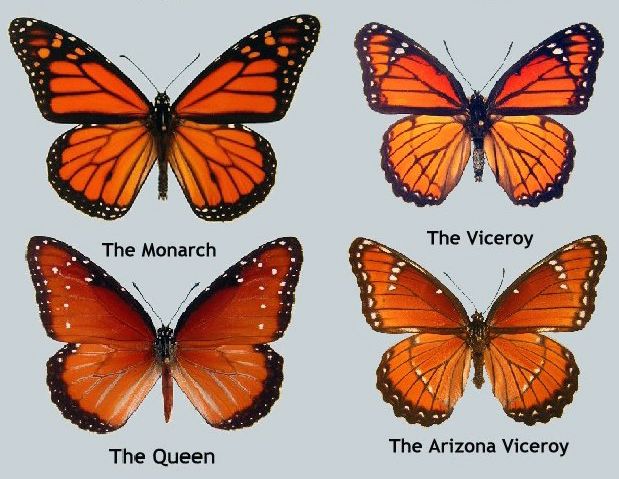
Larval Host Plant: Both caterpillars feed on milkweed, ingesting and storing its toxins for protection.
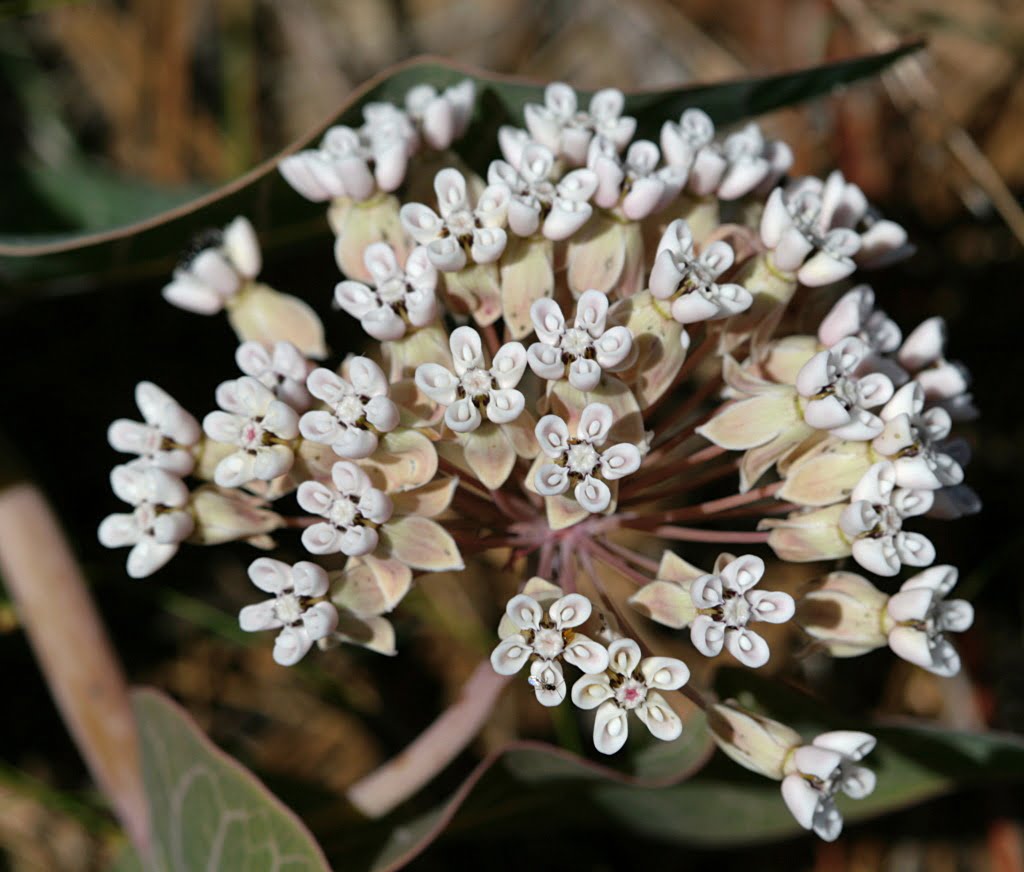
10 Sandhill Milkweed Seeds Ascslepias Humistrata Pinewood Milkweed Florida-Native
With Johnny Butterflyseed’s Sandhill Milkweed seeds, you’re not just planting flowers; you’re cultivating a living mosaic of nature’s marvels. 10+ Florida Native seeds.
Behavior: While Monarchs are known for their long-distance migrations, Queens are generally more localized in their movements.
Gulf Fritillary (Agraulis vanillae)
Appearance: The Gulf Fritillary, though not directly related to the Queen, shares a similar vibrant orange coloration. However, its wings are dotted with distinct silver spots on the undersides, and its patterns are notably different from the Queen’s.
Larval Host Plant: Unlike the Queen’s reliance on milkweed, the Gulf Fritillary caterpillar feeds primarily on various species of passion vine (Passiflora), which provides its own set of defensive chemicals.
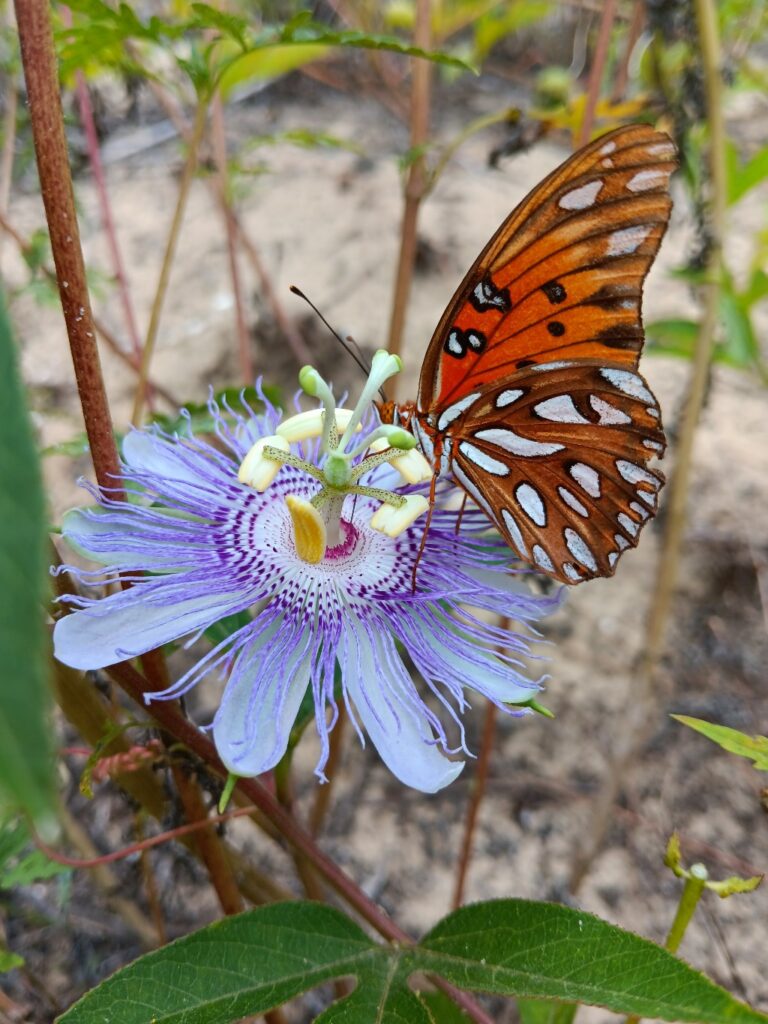
10 Florida-Native Maypop Purple Passionvine Seeds (Passiflora Incarnata)
Maypop Purple Passionvine Passiflora Incarnata seeds. Florida Native. 10 or more seeds.
Behavior: Both the Queen and Gulf Fritillary are more sedentary compared to the Monarch, with shorter migration patterns if they migrate at all.
Conclusion
The Queen butterfly, though sharing the North American skies with the Monarch and Gulf Fritillary, carves out its own unique niche in the ecosystem. Its relationship with Milkweed, its distinctive appearance, and its behavior make it a fascinating subject of study for both amateur enthusiasts and seasoned lepidopterists. As we continue to learn more about these butterflies, it becomes increasingly clear that each species, no matter how similar they may seem, contributes its own unique story to the tapestry of nature.

The Adventures of Johnny Butterflyseed – Author Signed First Edition Children’s Book
Save the monarchs!
Johnny Butterflyseed and his fairy friend, Raven Silverwing, embark on a mission to save the rapidly disappearing butterflies. They enlist the help of Queen Venus Goldwing and her kingdom of monarchs to educate and inspire kids to become butterfly farmers. At first, Johnny faces his own internal struggle with self-doubt and fear in his ability to make a difference, but then soon develops a mindset that allows him to not only get started, but also make progress one day at a time. Through challenge after challenge, Johnny learns that he is not alone in his mission and that there are many people who want to help. Together, Johnny, Raven, and Queen Venus educate thousands of children on becoming butterfly farmers.
